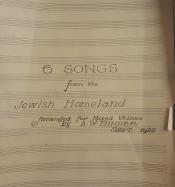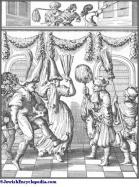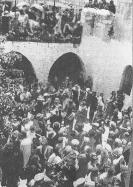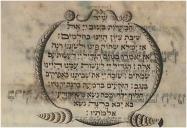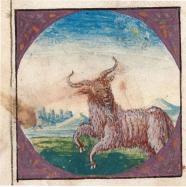(126 results found)
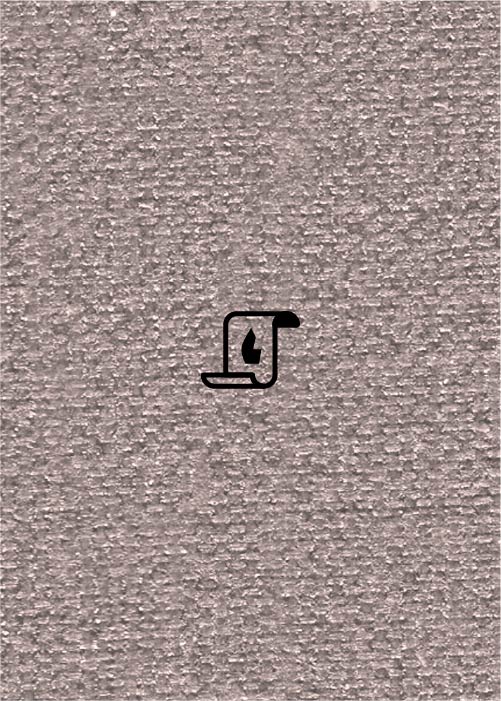
Eastern Ashkenazi Biblical Cantillation: An Interpretive Musical Analysis
… Russia, Ukraine and Poland and is now widely practiced in Ashkenazi congregations around the world. There are six sets of melodies or “modes” in the Eastern Ashkenazi tradition of Biblical cantillation; I will … however, mirrors the inner transformation sought through prayer and t’shuvah (repentance) during this liturgical …
Na’aleh L’artzeinu – A Simple Melody with an Intricate Story
… transliterated in Latin letters in an inconsistent mix of Ashkenazic and Sephardic pronunciations. None of the songs … to 1901. The text appears to have many similarities to the prayer sung (or more precisely, melodeclamated) by Ashkenazic women at the end of Shabbat known as “Got fun …
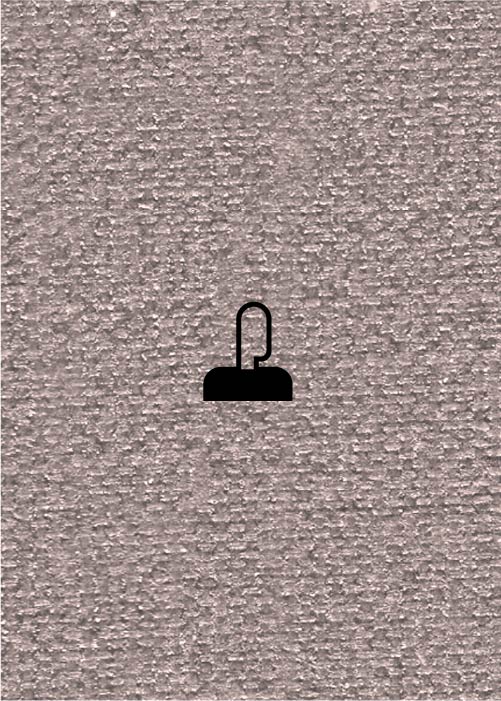
Moritz Rosenhaupt
… in the scholarly literature concerning the Western Ashkenazi tradition. Those closer to his time thought … Writings by Rosenhaupt Rosenhaupt translated Hebrew prayers to German and also compiled manuals for the teaching …

Cross-Repertoire Motifs in Liturgical Music of the Ashkenazi Tradition: An Initial Lay of the Land
… “Cross-Repertoire Motifs in the Liturgical Music of Ashkenazi Tradition,” was presented at the World Congress of … … Theory … Analysis … Jewish … Jewish music … Ashkenaz … Ashkenazi liturgy … motif … Motifs … Structure … Chazzan … … … Synagogue music … Tradition … Cantor … Hazzanut … Prayer … Ashkenazi … Boaz Tarsi … Cross-Repertoire Motifs in …

Hatikvah: Conceptions, Receptions and Reflections
… think. It does not derive from Smetana nor from a Sephardic prayer. And an early Zionist pioneer did not compose it … another Jewish melody, the Leoni Yigdal , see below under Ashkenazi hypothesis) with the Italian predecessors (see … borrowed from the surrounding non-Jewish society. [29] Ashkenazi Hypothesis Also Ashkenazi melodies competed in the …
Hag Purim – The story behind its melody
… the Song of the Month to a very popular Eastern European Ashkenazi melody that, in the early 1920s, was set by the … is sung for the second section of the “Aleinu le-shabea h ” prayer at the end of the Sabbath morning services in Ashkenazi synagogues, mainly outside of Israel, and some …
Likhvod Hatanna Haelokai (In Honor of the Holy Tanna)
… on the eighteenth of Iyar—Lag Ba’Omer—among Sephardic and Ashkenazi communities in Israel, include four customs: the … kabbalists – the disciples of the Holy Ari (R. Isaac Luria Ashkenazi) from Safed, the main city of the Upper Galilee … Scroll to Mount Meron. The following day, after the morning prayers, the “Halakah” is held—the first boys' haircut. …
Shir hama’alot - The umbilical cord between liturgical and domestic soundspheres in Ashkenazi culture
… exile in the past, it is used during mealtime as a prayer for future redemption which should be mentioned in … Israel. The following table shows which melodies of festive prayers and piyyutim were adopted for Shir hama’alot , the … cord between liturgical and domestic soundspheres in Ashkenazi culture … נעמי כהן-צנטנר …
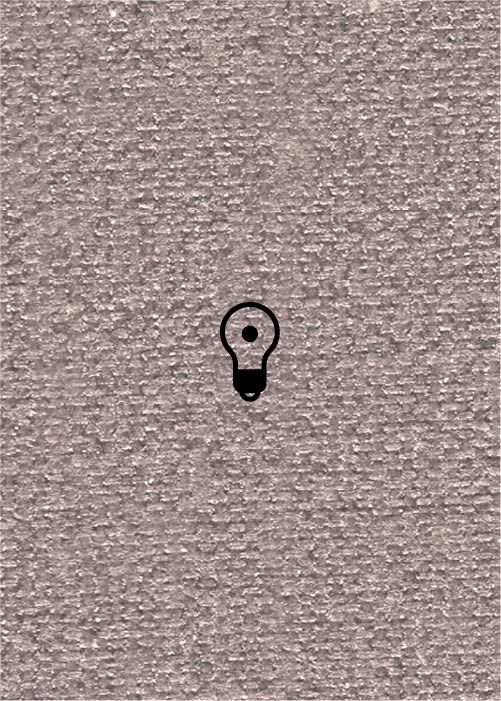
Ve-Hi She-’Amda – Piyyut from the Passover Haggadah
… salvation of the Jewish nation from utter destruction. In Ashkenazi communities, V’hi Sh’amda stands out during the … which are three of the most widely known: Traditional Ashkenazi melody – to listen to a performance by Arieh Greb, … to the well- known Ashkenazi melody, as part of the “Metal Prayer” project. To listen, click here . Words of the Piyut …
Had Gadya in Israeli Culture
… appearance in a now lost, anonymous manuscript of a Hebrew prayer book in parchment apparently still found during his … in Ms. Paris, Bibliotheque Nationale, heb. 637, a siddur (prayer book) according to the custom of Provence, apparently … from France throughout the fourteenth century, among Ashkenazi Jews in Worms (if the 1406 manuscript source …



